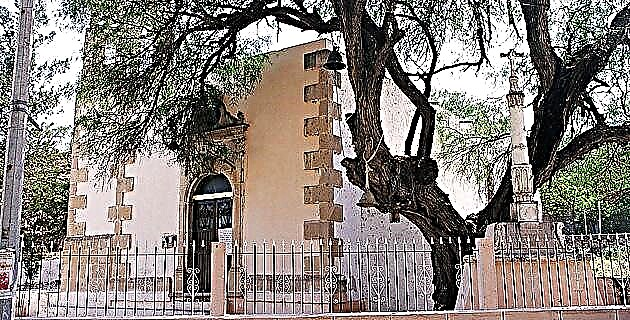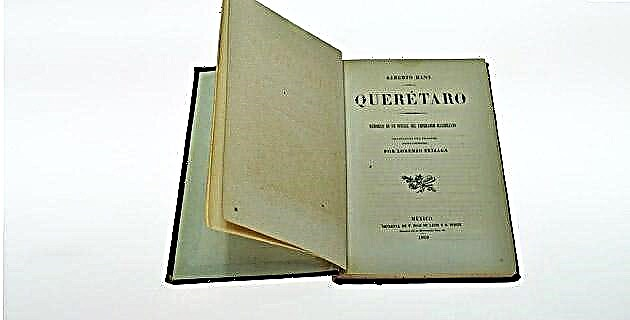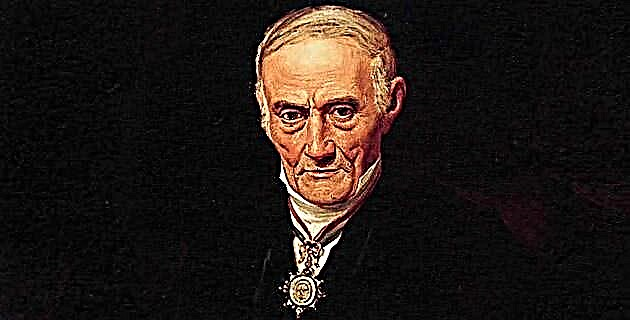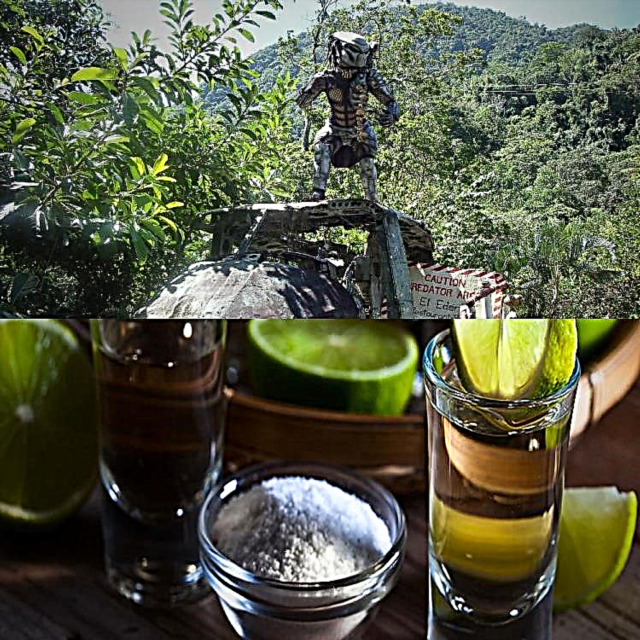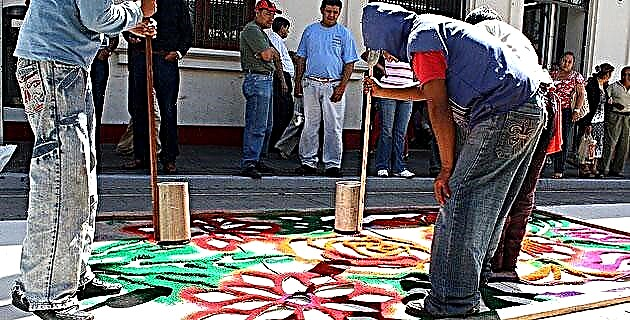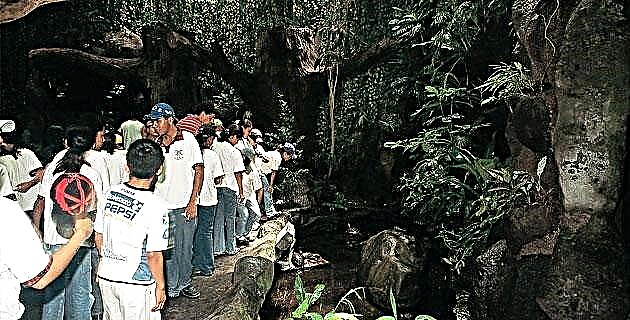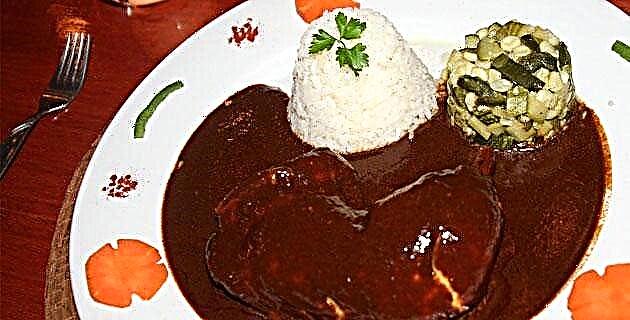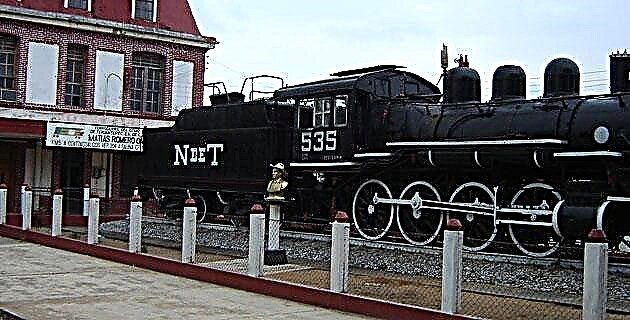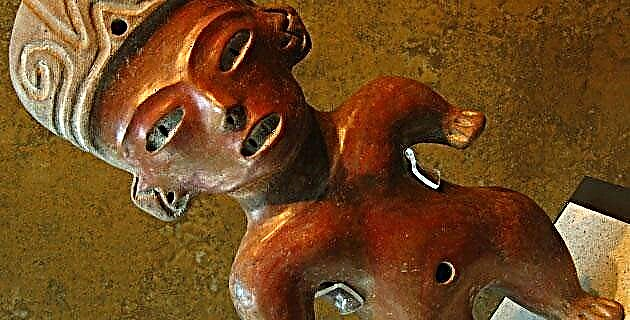
From its origins, man had the need to recreate his perception of the world; for this reason he represented his environment on large rock walls in caves or outdoors, and expressed himself in the simple stone carving
These artistic manifestations, cave paintings and stone figurines, in addition to forming the first cultural legacies, are one of the most important sources of information for the knowledge of the societies about which we have no written record.
In Mesoamerica, an infinity of anthropomorphic figurines have been found that were made with clay in the Formative period (2 300 BC-100 AD), especially in central Mexico. This period encompasses a long sequence that specialists have divided into Lower, Middle and Upper, due to the cultural characteristics that appear in them. Although pieces of both sexes have been found, most of them highlight the grace and delicacy of the female body; Because they have been found in cultivated fields, scholars have associated them with the fertility of the land.
Until now, the oldest piece located in Mesoamerica (2300 BC), recovered on the island of Tlapacoya, Zohapilco, on Lake Chalco, is also female, shaped like a cylindrical shaft and a slightly bulging stomach; As it does not present any clothing or adornment, they clearly highlight their sexual characteristics.
The small sculptures with human features that have been found have been grouped for study as follows: by their manufacturing technique, their type of decoration, the paste with which they were made, facial features and body shape, data that are necessary to carry out comparative analyzes of time and its relationship with other similar cultures.
It is important to note that these figurines, although they are part of a stereotype, show features so unique that they can be considered true works of art. In these "pretty women", as they are known, the voluptuous woman stands out with a small waist, wide hips, bulbous legs and very fine features, all of these characteristics of her beauty pattern. The feminine pieces are generally naked; some have bell skirts or trousers possibly made of seed, but always with the torso exposed. When it comes to hairstyle, a great variety is observed: it can include bows, headdresses and even turbans.
In the clay figurines it cannot be appreciated if people used to tattoo themselves or practiced scarification; however, there is no question that face and body painting was inseparable from her grooming. His face and body were decorated with bands and lines of white, yellow, red and black. The women painted their thighs with geometric designs, concentric circles, and squared areas; They also had the custom of painting the entire side of the body, leaving the other undecorated, as a symbolic contrast. These bodies at party show the movement that is reflected in the most free way in the dancers, who represent the grace, beauty and delicacy characteristic of women.
Undoubtedly, these practices were linked to ritual ceremonies of veneration of natural phenomena, in which music and dance had a leading role, and were a manifestation of their conception of the world.
Although on a smaller scale, the male figurine was also worked, almost always with a maxtlatl or truss and on some occasions with elaborate garments, but it was rarely represented nude. We are aware of the use of certain fibers for the manufacture of their clothing, and we also know that they were decorated with beautiful designs and stamps in different colors; likewise, it is possible that they used the skins of various animals to cover themselves. The presence of these pieces has been an important element to deduce how the changes in the social organization of the moment were taking place, since the male characters are acquiring greater importance in the community rituals; exemplary of this are the shamans, men who know the secrets of herbalism and medicine, whose power lay in their intermediation between man and the Supernatural forces. These individuals presided over community ceremonies and sometimes wore masks with the attributes of the totem to instill fear and authority, as they could speak with the spirit they represented and acquire their power and personality through the mask.
The figurines with masked faces that have been found are very beautiful, and an interesting example is the one that wears a mask of an opossum, an animal that has great religious significance. Representations of contortionists are common; highlights the excellent figure of an acrobat made of kaolin, very fine white clay, located in Tlatilco in a burial possibly belonging to a shaman. Other characters worth noting are the musicians, who are distinguished by their instruments: drums, rattles, whistles and flutes, as well as people with deformed bodies and faces. Duality, a theme that arises at this time, whose probable origin is in the concept of life and death or in sexual dimorphism, manifests itself in figures with two heads or a face with three eyes. Ball players are identified by their hip, face, and hand protectors, and because they carry a small clay ball. The beautification of the body reaches its maximum expression with intentional cranial deformation - a symbol not only of beauty but of status - and dental mutilation. The cranial deformation had its origin in pre-ceramic times. and it was practiced among all the members of the community. From the first weeks of birth, when the bones are moldable, the baby was placed in a precise part of the head splints that pressed his skull, with the aim of giving it a new shape. The child remained that way for several years until the desired degree of deformation was obtained.
It has been questioned that the cranial deformation is manifested in the figurines, due to the fact that the pieces were modeled by hand; However, this cultural practice is evident from the testimonies of the numerous skeletal remains discovered in the excavations, where this deformation is appreciated. Another important detail in these pieces are the earmuffs, nose rings, necklaces, pectorals and bracelets as part of their aesthetics. This feature of Mesoamerican cultures can also be observed in burials, since these personal objects were placed on the dead.
Through the figurines it has been possible to learn more about the relationships between one culture and another, for example, the influence of the Olmec world on the rest of Mesoamerican cultures, fundamentally through cultural exchange, which intensifies during the Middle Formative (1200-600 BC).
With the change in social organization to a more stratified society - where the specialization of work is accentuated and a priestly caste emerges - and the establishment of a ceremonial center as a place for the exchange of ideas and products, the meaning of the figurines was also transformed. and its production. This occurred in the late Formative period (600 BC-AD 100), and was manifested both in the manufacturing technique and in the artistic quality of the small sculptures, which were replaced by rigid pieces without the characteristic grace of the previous ones. .

